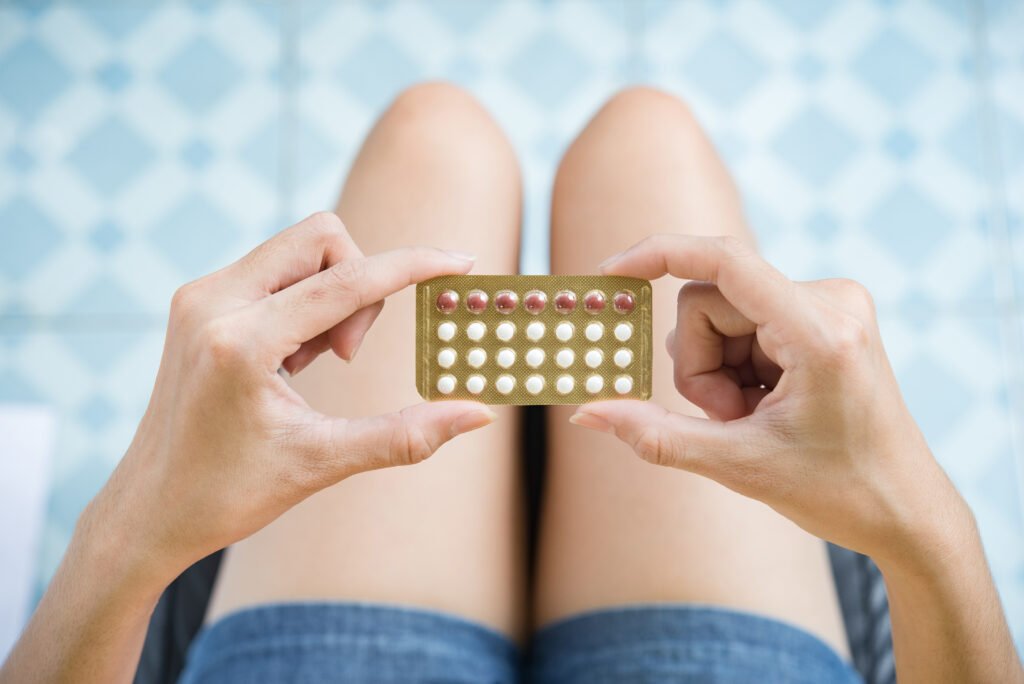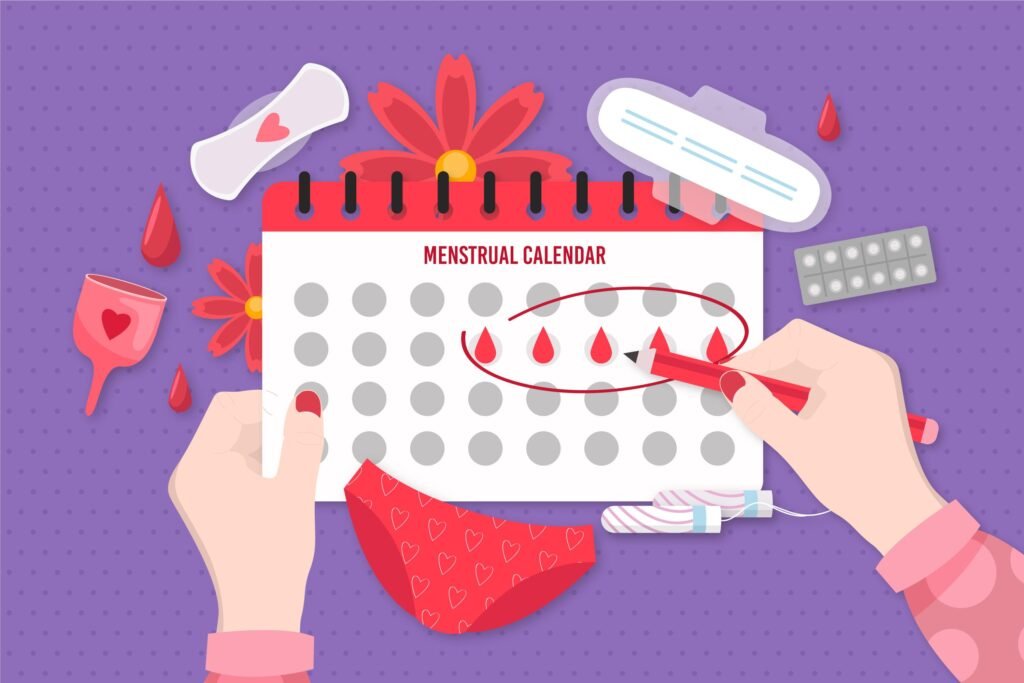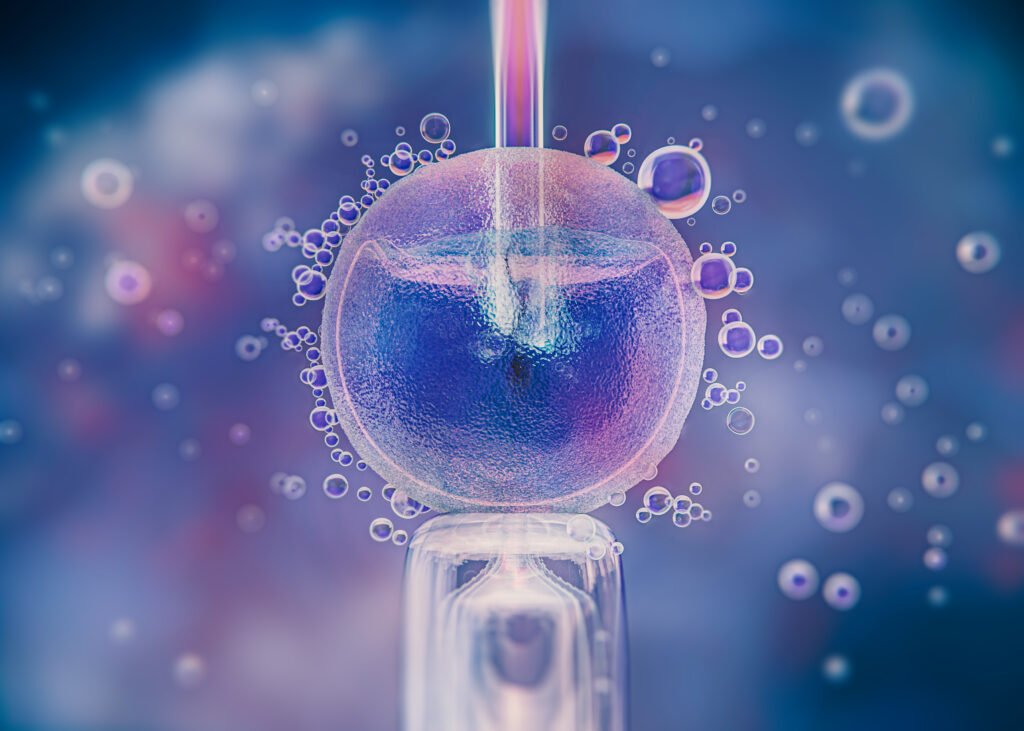Modern Birth Control—De-stigmatizing Birth Control
Kashish Patel
August 2025
Even with decades of research, birth control is still one of the most misunderstood topics of women’s health. Misinformation, which is often rooted in social stigmas and outdated science, continues to influence public perception, often impacting the decisions women make. Myths about long-term fertility to hormonal effects discourage women from accepting the reproductive care that would be suitable for them. [1] Understanding the truth behind birth control is essential to get closer to a healthcare culture rooted in knowledge, not fear.

Common Myths About Birth Control
Despite 65% of U.S. women aged 15-49 using contraceptives, myths about birth control still fuel confusion and have prevented women from making decisions that could improve their health.[2] These are some of the most common misconceptions and what science has to say:
Myth 1: Birth control causes infertility
There is no evidence that birth control causes long-term infertility. While birth control can prevent pregnancy while you are on it, most women regain their fertility within weeks to months after stopping. Some forms of birth control can be prescribed to help regulate cycles or manage hormonal conditions such as Polycystic ovary syndrome (PCOS) which makes it easier to conceive later. [3]
Myth 2: IUDs can get lost inside your body
In rare occasions, complications like expulsion or shifting can occur, but IUDs do not “get lost” in the body. They remain in the uterus where they are placed by a healthcare provider. [4] With regular check-ups and by monitoring for signs such as pain, abnormal bleeding, or changes in the menstrual cycle, users can help ensure the IUD remains properly in place.
Myth 3: The pill is only for preventing pregnancy
While contraception is the primary use, many women turn to the pill for other health reasons such as regulating periods, reducing acne, and controlling the symptoms of medical conditions. [5] Birth control is a powerful tool all around and can serve to improve overall reproductive health.
Your Body, Your Birth Control
Choosing birth control is different for everyone. There are many factors that should be considered: health, lifestyle, future plans, and comfort with contraceptives. Many women feel overwhelmed by the number of options or are unsure which contraceptives are best for them.
There is no one-size-fits-all solution to birth control. It is important to consider factors such as age and medical history. [1]
Some women consider a conversation with a gynecologist or primary care provider to help them narrow down options to find one that satisfies their reproductive needs. In addition, they can assess your medical history and explain how different methods will affect your body and answer any questions about side effects.
Choosing birth control is an emotional decision as much as it is a medical one. Letting cultural taboos, external pressures, or common misconceptions influence choices can be harmful to one’s future.
At the end of the day, birth control is a personal choice which should not be influenced by outdated misconceptions.
References
[1] Facts are important: Hormonal birth control. ACOG. (n.d.). https://www.acog.org/advocacy/facts-are-important/hormonal-birth-control
[2] Centers for Disease Control and Prevention. (2019, February 14). Products – data briefs – number 327 – December 2018. Centers for Disease Control and Prevention. https://www.cdc.gov/nchs/products/databriefs/db327.htm
[3] ColoCRM. (2025, March 31). Can birth control cause infertility?. CCRM Fertility. https://www.ccrmivf.com/blog/can-birth-control-cause-infertility/
[4] Grey, H. (2024, November 28). Common birth control myths and misconceptions. Healthline. https://www.healthline.com/health/birth-control/common-birth-control-myths#withdrawal
[5] Birth control myths. Nationwide Children’s Hospital. (n.d.). https://www.nationwidechildrens.org/specialties/bc4teens/resources/birth-control-myths









